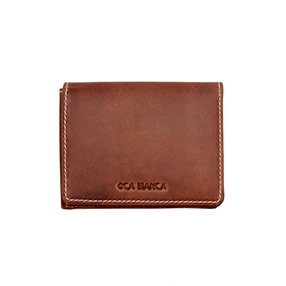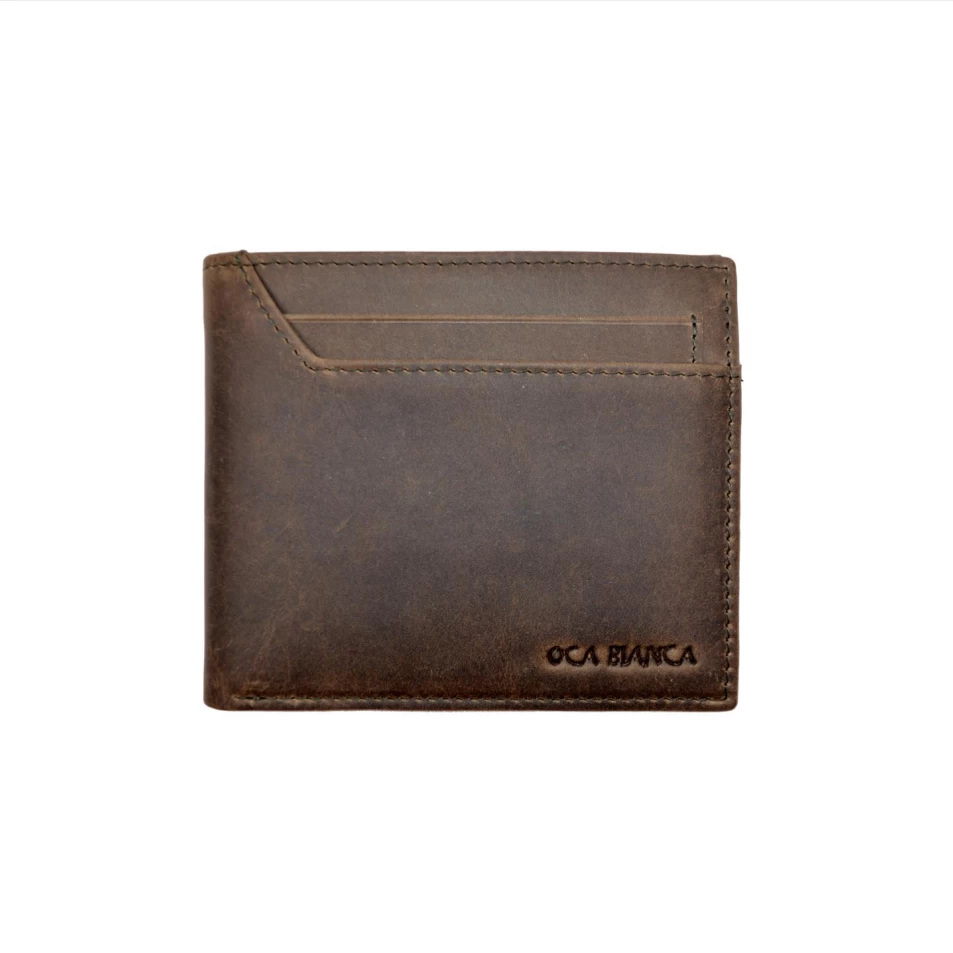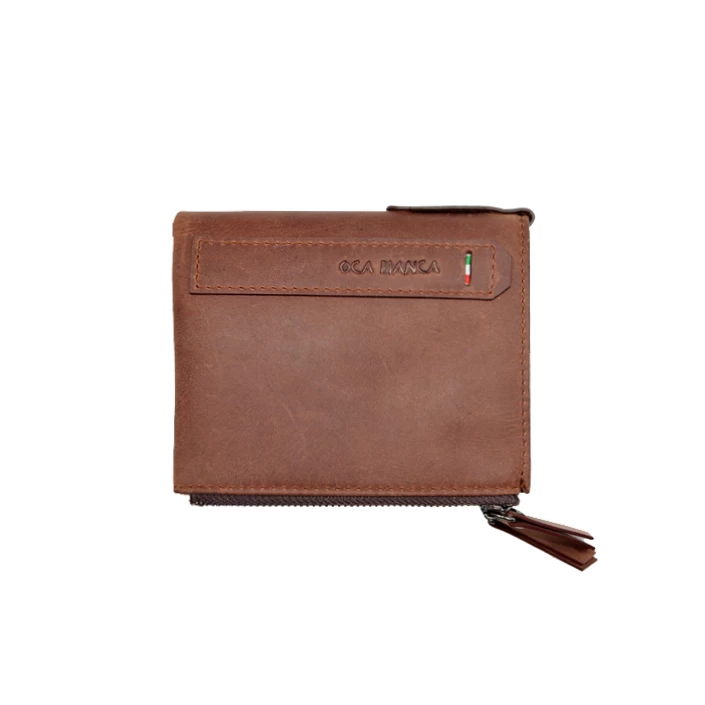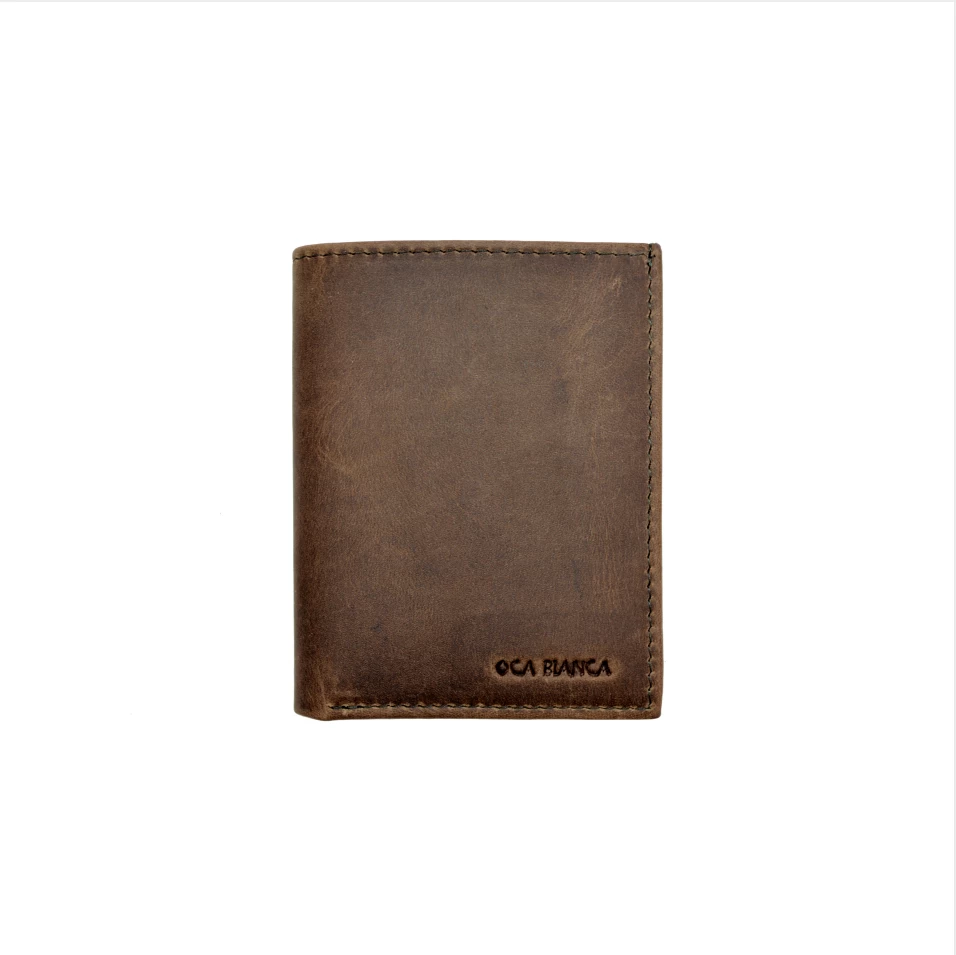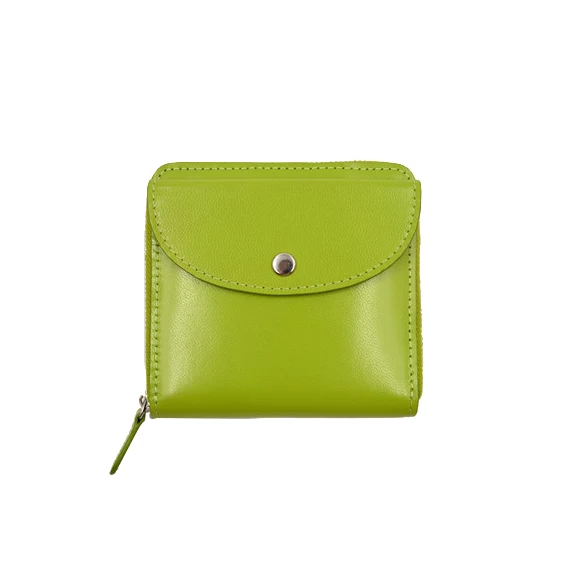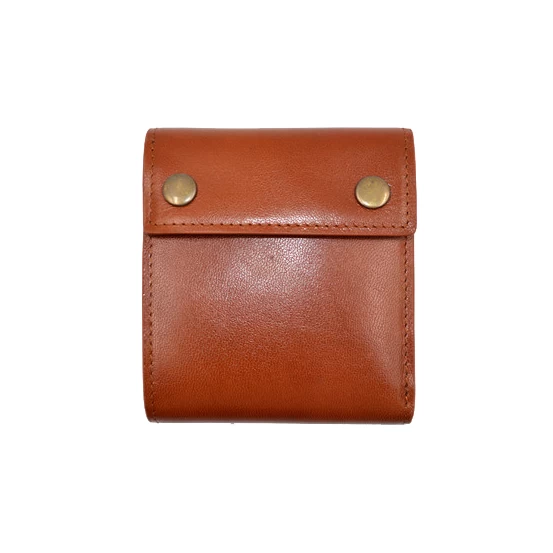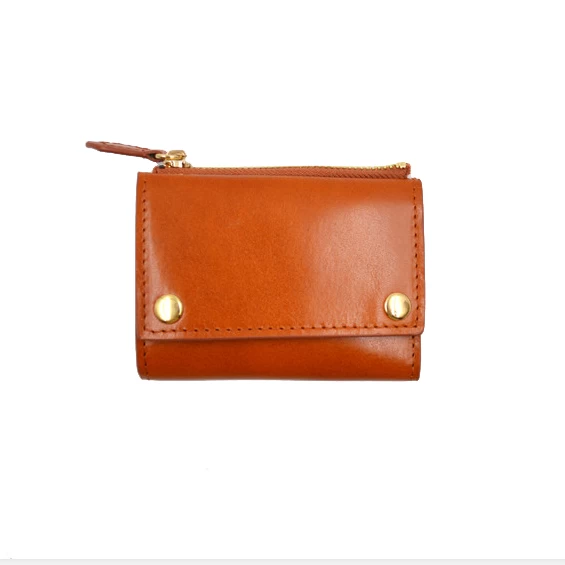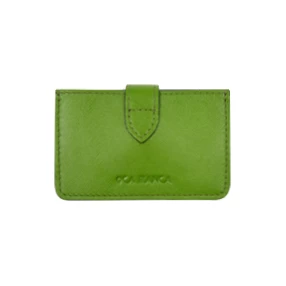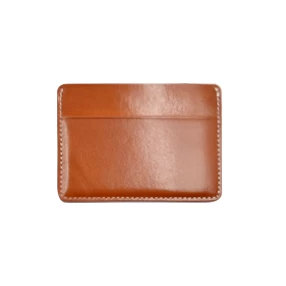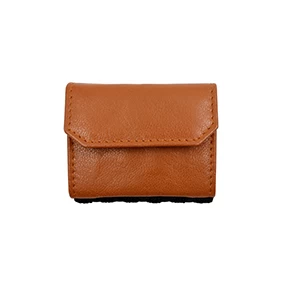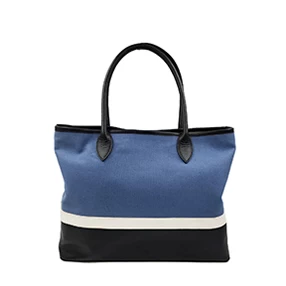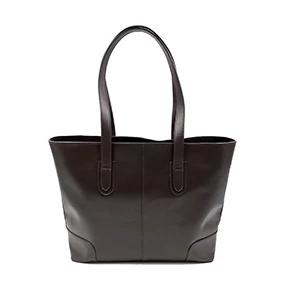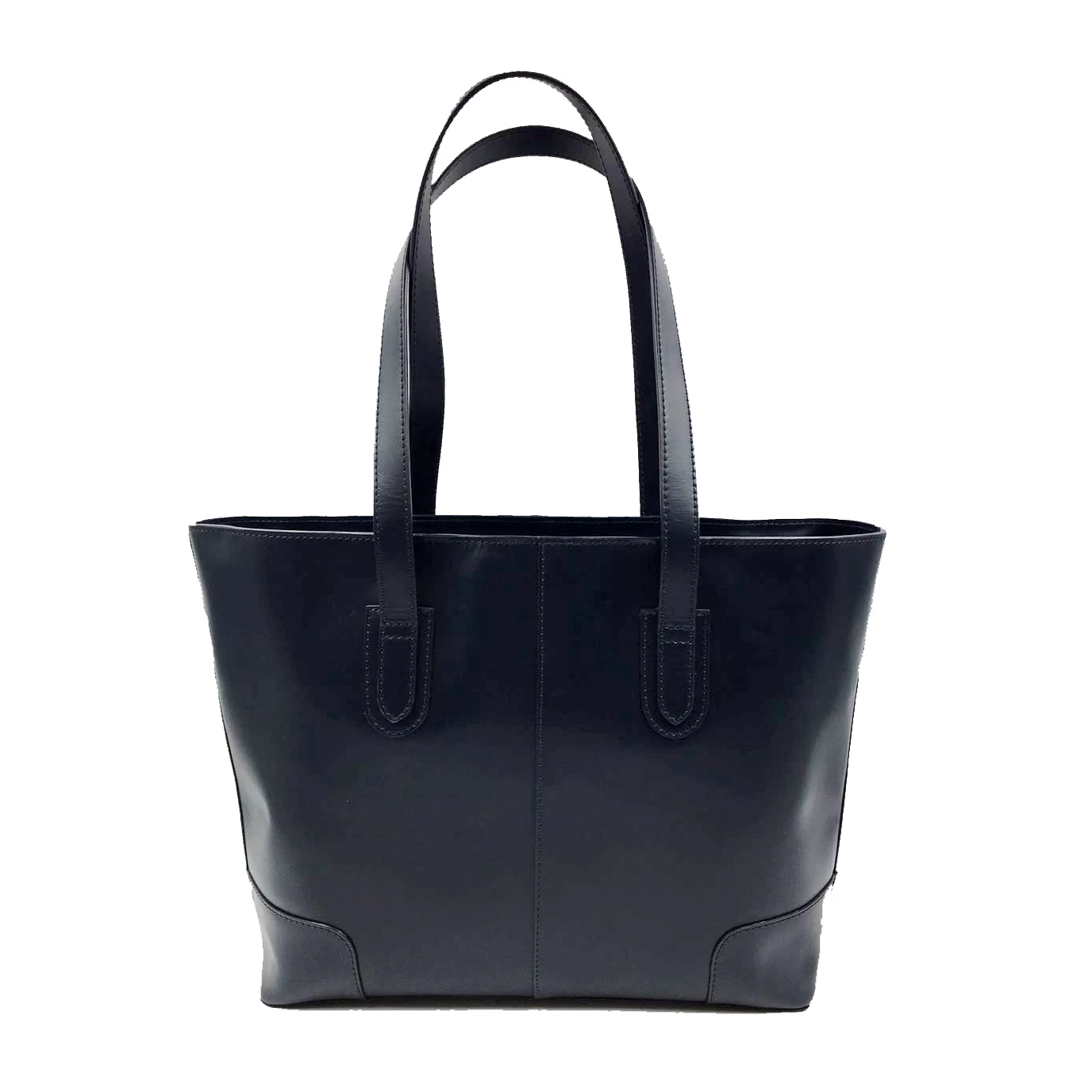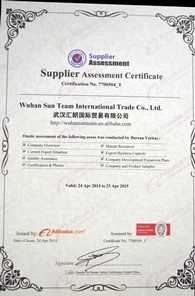The Grade of Skin and Leather
Cara
www.walletwmazon.com
2017-07-06 10:49:50
There is a general basis of a global selection standard. It is based on natural defects, man-made defects, size, shape and weight. The application of this general standard with the quantification of the defects per grade depends on each individual country. Climatical and environmental conditions play an important role. The better these conditions are the lower is the number of defects per grade.
NATURAL DEFECTS
Natural defects is anything that is not caused by men. It can be monsoon damage manifesting itself in putrefaction holes on the bellies of small animals in Asia, or scars made by horns, barbed wire, thorns, insect bites, parasites, illnesses, manure, etc. Some natural defects can be avoid. Substituting barbed wire with electrical fences, vaccinating animals against parasites are remedies which give positive results. Keeping cattle clean from manure improves the hide quality.
MAN MADE DEFECTS
Man-made defects are totally unnecessary and with good organization can be avoided and eliminated. Branding cattle, maltreatment damage the animal’s hide (haematomas and worse) can be avoided when it is still alive, butcher cuts and holes, bad shaping can all be avoided at the abattoir level. Putrefaction defects can be avoided at the conservation and transportation level. All these defects if present singularly or accumulatively downgrade a hide or skin and thus its commercial value. Proper preparation of hides for shipment is in the eye of the buyer part of the man-made defects. If a lot presents itself well and professionally prepared automatically it influences the state of mind of the buyer upon arrival of a certain lot.
WEIGHT GRADING
The grading of hides and skins is not limited only to defects, but it is extended also to the separation of weights. Some markets sell from calf to bull in the same parcel, but obtain because of this a limited price for their material. The tannage of small skins is different from that of large skins. The treatment is different, the chemical processing is different and the value of the hide or skin itself is different. For that reason there is an unwritten global standard that specifies a weight separation. The ranges for cattle hides are more or less -/2.5 kgs, 2.5/5 kgs, 5/8 kgs, 8/12 kgs, 12/16 kgs, 16/22 kgs, 22/28 kgs, 28/35 kgs, 35/+ give or take a kilo here and there. Goat and sheep skins are less defined and are usually separated in small, medium and large where the range is wide like in the USA, northern Africa or Pakistan, whereas in Sub Saharan Africa the width of the range is small and skins are sold as they come. Dry skins are separated by weight.
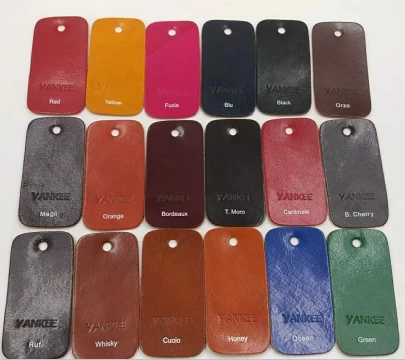
NATURAL DEFECTS
Natural defects is anything that is not caused by men. It can be monsoon damage manifesting itself in putrefaction holes on the bellies of small animals in Asia, or scars made by horns, barbed wire, thorns, insect bites, parasites, illnesses, manure, etc. Some natural defects can be avoid. Substituting barbed wire with electrical fences, vaccinating animals against parasites are remedies which give positive results. Keeping cattle clean from manure improves the hide quality.
MAN MADE DEFECTS
Man-made defects are totally unnecessary and with good organization can be avoided and eliminated. Branding cattle, maltreatment damage the animal’s hide (haematomas and worse) can be avoided when it is still alive, butcher cuts and holes, bad shaping can all be avoided at the abattoir level. Putrefaction defects can be avoided at the conservation and transportation level. All these defects if present singularly or accumulatively downgrade a hide or skin and thus its commercial value. Proper preparation of hides for shipment is in the eye of the buyer part of the man-made defects. If a lot presents itself well and professionally prepared automatically it influences the state of mind of the buyer upon arrival of a certain lot.
WEIGHT GRADING
The grading of hides and skins is not limited only to defects, but it is extended also to the separation of weights. Some markets sell from calf to bull in the same parcel, but obtain because of this a limited price for their material. The tannage of small skins is different from that of large skins. The treatment is different, the chemical processing is different and the value of the hide or skin itself is different. For that reason there is an unwritten global standard that specifies a weight separation. The ranges for cattle hides are more or less -/2.5 kgs, 2.5/5 kgs, 5/8 kgs, 8/12 kgs, 12/16 kgs, 16/22 kgs, 22/28 kgs, 28/35 kgs, 35/+ give or take a kilo here and there. Goat and sheep skins are less defined and are usually separated in small, medium and large where the range is wide like in the USA, northern Africa or Pakistan, whereas in Sub Saharan Africa the width of the range is small and skins are sold as they come. Dry skins are separated by weight.








